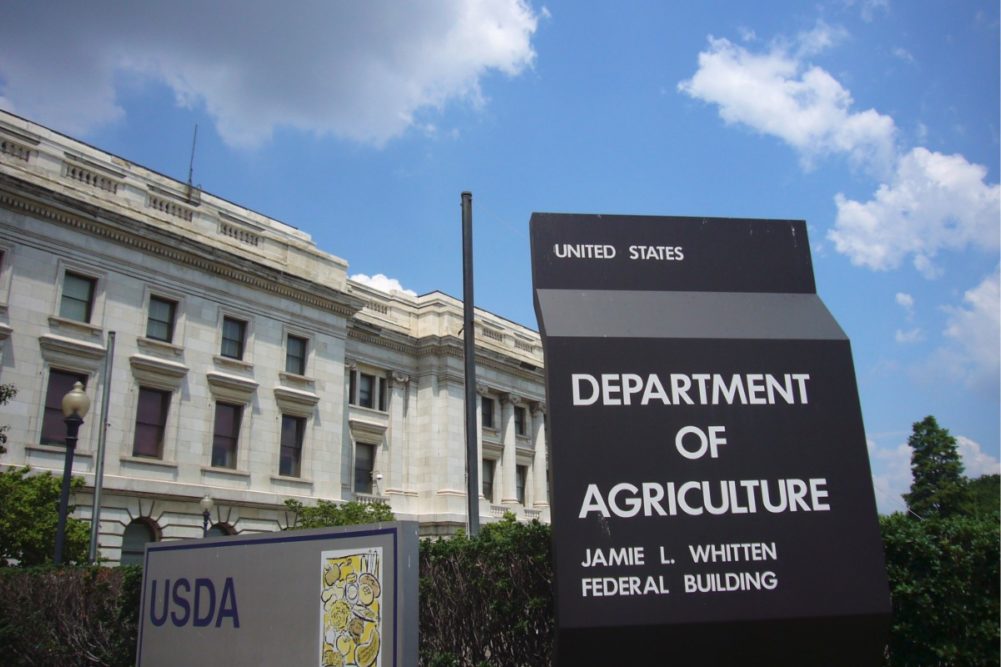By Andrew Skerritt
Florida A&M University President Larry Robinson, Ph.D., has been appointed to the U.S. Department of Agriculture (USDA)/1890 Task Force, which seeks to strengthen the partnership between USDA and 1890 land-grant universities.
“I’m delighted for the opportunity to serve on the USDA/1890 Task Force. It’s a framework for leveraging the resources of the federal government on behalf of Historically Black Colleges and Universities (HBCUs) to more effectively unleash the talent, research and extension services needed to strengthen the nation’s agricultural system. I am excited to be part of crafting solutions to these issues and other challenges on behalf of the citizens and communities we serve,” said FAMU President Larry Robinson, Ph.D.
USDA has a long history of investing in and supporting historically Black universities, especially the land-grant universities that were established under the Second Morrill Act of 1890. The USDA/1890 Task Force serves as an advisory body for partnership initiatives and ensures the realization of mutual benefits and interests. The group also includes FAMU alumna Monica Rainge, deputy assistant secretary, Office of the Assistant Secretary for Civil Rights (OASCR).
“USDA’s partnership with the 1890 Council of Presidents is key to shaping the next generation of leaders in agriculture and ensuring access to USDA programs in underserved communities,” said Agriculture Secretary Tom Vilsack. “USDA is eager to continue working with the leadership of 1890 institutions, to create pathways to agricultural careers in the federal government and beyond.”
Areas of focus that the USDA/1890 Task Force can undertake include the 2023 Farm Bill Reauthorization, which includes increased support for National Institute for Food and Agriculture (NIFA) programs that uplift student opportunities and enhances faculty development at 1890 institutions; ensuring that Rural Development (RD) programs extend and improve the reach of broadband investments and improves economic development opportunities in and around 1890 universities. Improving health and veterinary infrastructure at 1890 Universities will also be a priority.
The Task Force will also focus on implementation of the American Rescue Plan (ARP) and Inflation Reduction Act (IRA). As implementation continues of the ARP and IRA, the Task Force will also be making sure that programs related to nutrition, food supply, and socially disadvantaged farmers take into account the important role that 1890 institutions and their students can play. The USDA/1890 Task Force will also address the issue of the agriculture workforce of the future. As new opportunities are created, the Task Force will seek to ensure that organizations and companies incorporate 1890 Universities and students in their planning and implementation.
The 1890 land-grant system consists of the following 19 universities: Alabama A&M, Alcorn State University, Central State University, Delaware State University, Florida A&M University, Fort Valley State University, Kentucky State University, Langston University, Lincoln University, North Carolina A&T State University, Prairie View A&M University, South Carolina State University, Southern University and A&M College, Tennessee State University, Tuskegee University, University of Arkansas Pine Bluff, University of Maryland Eastern Shore, Virginia State University and West Virginia State University.
USDA touches the lives of all Americans each day in so many positive ways. In the Biden-Harris Administration, USDA is transforming America’s food system with a greater focus on more resilient local and regional food production, fairer markets for all producers, ensuring access to safe, healthy, and nutritious food in all communities, building new markets and streams of income for farmers and producers using climate smart food and forestry practices, making historic investments in infrastructure and clean energy capabilities in rural America, and committing to equity across the Department by removing systemic barriers and building a workforce more representative of America.

